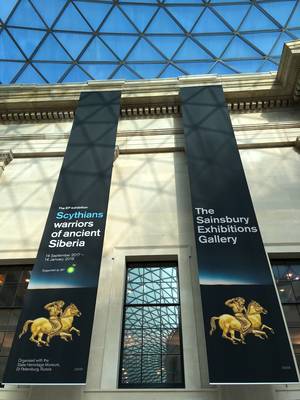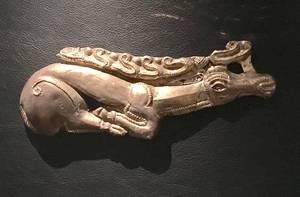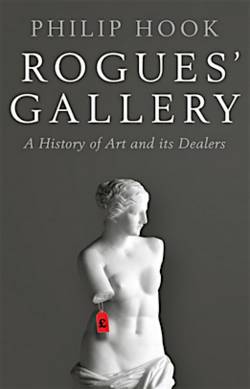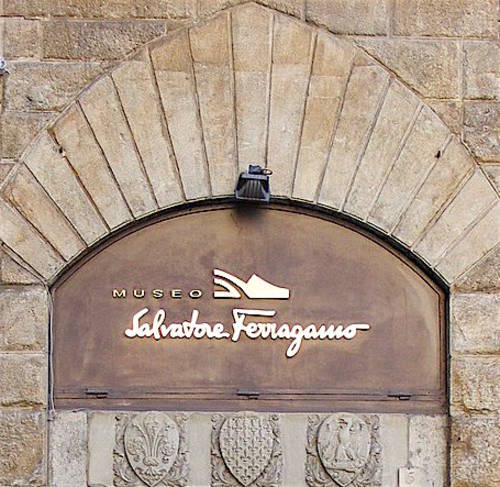“The Scythians: Warriors of ancient Siberia” is the title of a major new exhibition at the British Museum, London, running until 14th January. The show attempts to redeem from oblivion the culture and character of a people who strewed their path across the steppe with gold but who are otherwise little remembered and little understood.

The Scythians flourished in the 9th–3rd centuries BC. Their heartland was the Siberian steppe, but at their greatest extent they controlled territory and maintained trading links from north China to the Black Sea. They were never a single people, but a loose confederation of tribes, sharing certain customs and, it appears, speaking a language or languages with Iranian roots. They were herdsmen and hunters, nomadic and warlike, fighting both outsiders and each other over territory and livestock. They were superb horsemen. Their mounted archers, riding with saddles but without stirrups, struck fear into the hearts of Persians, Assyrians and Macedonians. And it appears that Scythian women rode as expertly—and fought as dauntlessly—as Scythian men. Scythian art is filled with representations of totem animals: deer, big cats, birds of prey. Chief of all these, though, was the horse. It was the horse that, in death, was caparisoned for the final great ride, to the world beyond, where it is presumed it would live again with its owner, roaming and grazing Elysian pastures. It is thanks to the Scythians’ mastery of the horse and their skill with metal that they were able to rise to dominance.
The first room sets the tone for the show with an audio display of howling Siberian wind. As it whistles in your ears, you can admire the stunning gold belt plaque of the 4th–3rd century BC: a warrior, presumed deceased, lies in the lap of a woman, presumably a deity, under a tree in whose boughs he has slung his quiver of arrows. Beside him a groom holds two horses, their harness very carefully rendered. It is exquisite—and in Scythian terms, quite late. This type of narrative scene does not seem to emerge until about the 4th century and human representations before this seem to be rare. Instead we find examples of the so-called “animal style”: gold plaques fashioned in the form of stylised beasts: stags, vultures, panthers, often shown tortuously attacking each other, often inlaid with pieces of turquoise. Some of these plaques are quite large in size, designed to be worn on a belt around the waist. Others are smaller, for decorating bow cases or quivers or for use as bridle fittings. Others are tiny appliqué pieces that would have been attached en masse to articles of clothing.
These gold pieces were first revealed to the world in the early 18th century, when Peter the Great sent out exploration parties to Siberia in search of natural resources and trade routes. The pieces that were unearthed, from grave mounds, were all sent back to St Petersburg and drawings of all of them were made to serve as a record. It is from the Hermitage Museum that most of the pieces in the current exhibition have come.
A section of the finds in this exhibition were also preserved by ice. Water percolating into the tomb barrows, and afterwards freezing, has remained there ever since as a layer of permafrost. As the arid conditions in Egypt, so the freezing conditions in the Altai have preserved materials otherwise rare to find: human skin, leather, wood and textiles. There are pieces of clothing, horse apparel and tomb hangings made of wool, leather, squirrel fur, sable and felt. The women, presumably the high-born ones, had diamonds on the soles of their shoes, almost literally: a beautiful moccasin with a geometric decoration of pyrite lozenges on the sole is extraordinarily well preserved. The tomb remains of a Pazyryk chief from the Altai Mountains shows that these Scythians extensively tattooed their arms, legs and shoulders. It also shows how savage their battles could be. This man—not young, about 60 years old; and not short, about 176cm tall—died of axe blows to the head. Scythian warfare did not only take the form of mounted archery; they also fought hand to hand in close and bloody combat.
Which brings us to the question of what they looked like. This man was scalped, so the top of his head is missing. But as far as we can tell, the Pazyryk Scythians shaved their heads leaving only a tuft of hair at the crown. This applied equally to the women, who twisted this tuft into a tall topknot, threading it through a narrow, very tall conical headdress to form a sort of fountain pony tail. There is some debate as to whether the men wore facial hair. The gold belt plaque showing the dead warrior and his groom portrays both men with walrus moustaches. The Kul Olba cup (4th century), from the Black Sea (modern Ukraine), shows figures with flowing beards. There cannot have been a single type, or a single style. Fashions must have come and gone, as they do today, and different Scythian groups probably had different habits. The Pazyryk chieftain seems to have been clean shaven, but in death he was equipped with a false beard. Scholars speculate that it might have had a ritual function. False beards as divine appurtenances are not an anthropological oddity; they are known from ancient Egypt, for example.
The Scythians did not write anything down, which is frustrating, because we never hear them speaking for themselves. Instead, we hear from Herodotus, who encountered the Scythians of the Black Sea and wrote about their customs and behaviour. Some finds appear to bear out his accounts. He mentions their custom of inhaling the vapour of toasted hemp seeds at the funerals of their chiefs, and “howling with pleasure” as they did so. And sure enough, a hemp-smoking kit has been unearthed. Contact with Greece from the 8th century BC had an influence not only on their art but on their diet, as the traditional fermented mare’s milk was replaced with wine (a Greek kylix is one of the grave goods on display here), which they apparently drank undiluted, gaining a reputation for alcoholic excess. The famous Pazyryk rug, the world’s oldest known carpet, was found in a Scythian tomb, but in its design shows clear Persian influence. It would be fascinating to know who made it: a Scythian influenced by Persian forms? Or a Persian working to Scythian taste? The Scythians, at least in origin, were a nomadic people, and their goods are mostly portable. A round wooden table with lathe-turned legs reminds us of this: it is a collapsible table, which can be folded up and easily carried away. They took their art with them, and assimilated other styles and ideas as they went. But to what extent did they depend on settled peoples for manufacture?

The supremacy of the Scythians was waning by 200 BC, as other nomads moved in to replace them, or, as is probable in some cases, as they themselves settled down. They flashed brilliantly across the screen for a mere few hundred years. There is probably much of their culture left to find. And they are not entirely forgotten. In Hungary, for instance, the “Scythian gold stag” has mythical significance. There are two examples in the Hungarian National Museum in Budapest.
This is a very enjoyable exhibition, tantalisingly suggestive. It answers fewer questions than it asks, which is always the best way, leaving you thinking long after you have left the museum.
Annabel Barber








